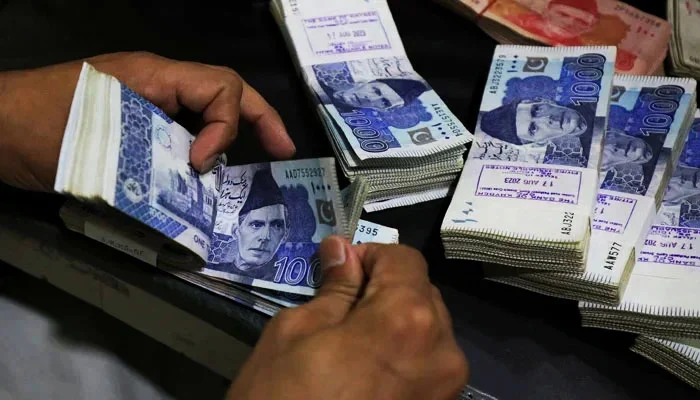The government has shared some key points of the proposed taxation measures with the IMF for the upcoming budget for 2025-26, including a reduction in the tax burden of the salaried class by up to 10% across different income brackets.
The proposed reduction in tax rates, if agreed upon by the IMF across various income slabs of the salaried class, could potentially provide relief of up to Rs50 billion for them in the next budget.
The IMF team and the Pakistani side are scheduled to commence discussions on finalizing the upcoming budget for 2025-26 this week, from May 14 to 22. However, the meeting venue is yet to be determined.
“To kick-start the economy, the government has shown its willingness to take additional taxation measures to offset the revenue losses that will be incurred for providing the relief measures in the upcoming budget,” top official sources confirmed while speaking to The News on Sunday.
“The IMF team will discuss these proposed measures in the upcoming parleys,” the source added.
The Pakistani team, according to the sources, aims for negotiations solely to bridge the fiscal gap that will arise due to the provision of some relief measures.
For instance, in the case of the salaried class, the FBR has proposed a reduction in tax rates amounting to Rs50 billion, and this gap will be addressed through other taxation measures.
In the first ten months (July-April) of the current fiscal year, the salaried class contributed over Rs450 billion in taxes, significantly higher than the combined contributions from retailers and exporters. In the entire last fiscal year 2023-24, the salaried class paid Rs368 billion.
Leading up to the last budget, it was communicated that the increased tax burden on the salaried class was projected to generate an additional Rs100 billion for the national treasury.
However, in reality, the FBR anticipates collecting an additional Rs225 to Rs250 billion from the salaried class in the current fiscal year. It is estimated that the salaried class will pay a total tax amount of Rs550 billion by the end of June 2025.
The payment of taxes for middle-income earners witnessed a substantial increase, particularly for those with monthly incomes ranging from Rs0.2 to Rs0.3 million, where income tax rates rose to 40 and 45%.
For higher income earners with monthly salaries exceeding Rs1 million, a 10% surcharge is levied on top of their 40% tax rates, a measure that some consider unjustified.
One higher-income bracket earner told The News that it felt as though their higher salaries served primarily to facilitate increased tax payments.
“Earning higher income is treated as a sin in our country,” he said, adding that if these tax rates were not revised downward, the only remaining option would be to renegotiate with their employers and persuade them to provide a portion of their salary in cash.
When contacted on Sunday, an official spokesperson for the FBR responded that various proposals related to salaried classes were still under internal discussion.



